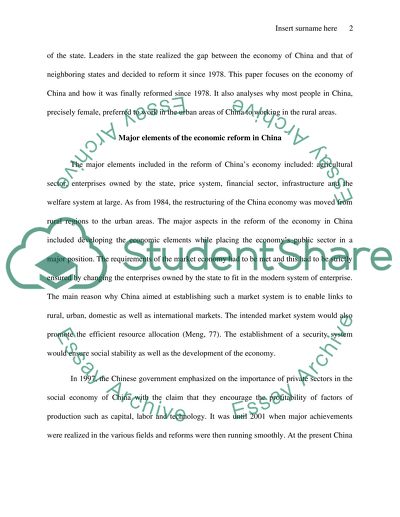Cite this document
(“Female Rural-urban Immigration in China Research Paper”, n.d.)
Female Rural-urban Immigration in China Research Paper. Retrieved from https://studentshare.org/history/1496342-female-rural-urban-immigration-in-china
Female Rural-urban Immigration in China Research Paper. Retrieved from https://studentshare.org/history/1496342-female-rural-urban-immigration-in-china
(Female Rural-Urban Immigration in China Research Paper)
Female Rural-Urban Immigration in China Research Paper. https://studentshare.org/history/1496342-female-rural-urban-immigration-in-china.
Female Rural-Urban Immigration in China Research Paper. https://studentshare.org/history/1496342-female-rural-urban-immigration-in-china.
“Female Rural-Urban Immigration in China Research Paper”, n.d. https://studentshare.org/history/1496342-female-rural-urban-immigration-in-china.


